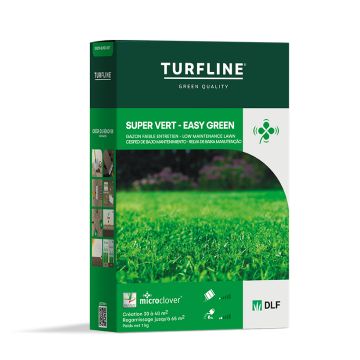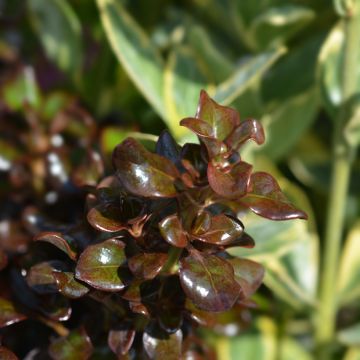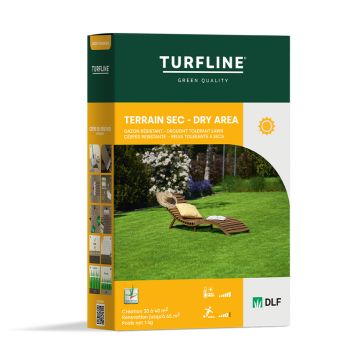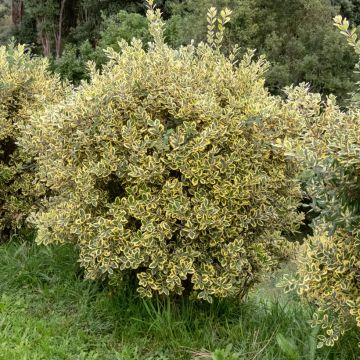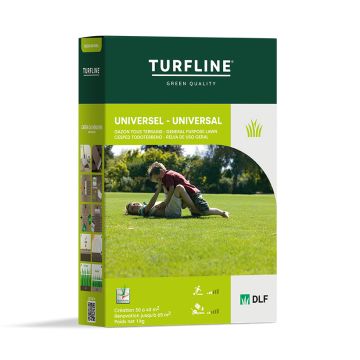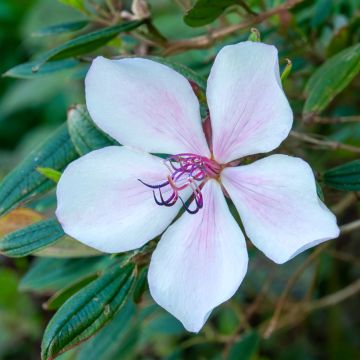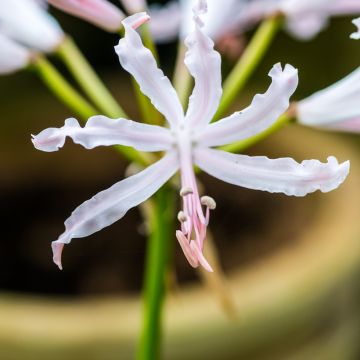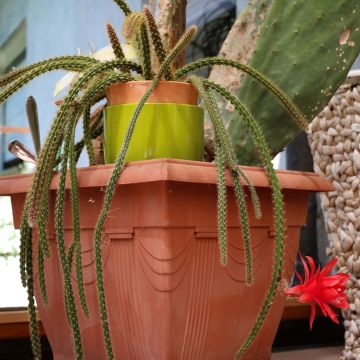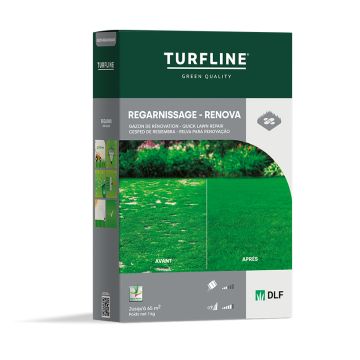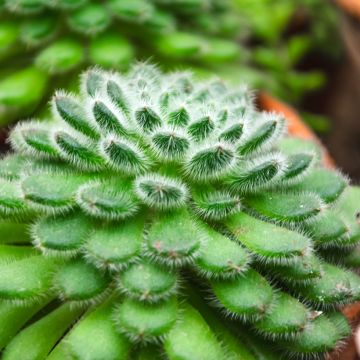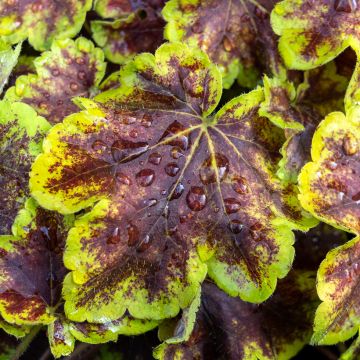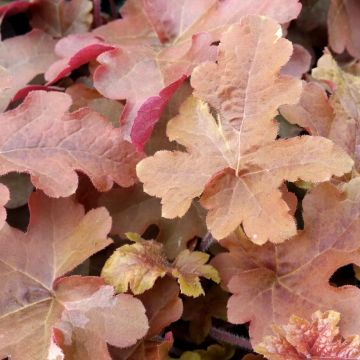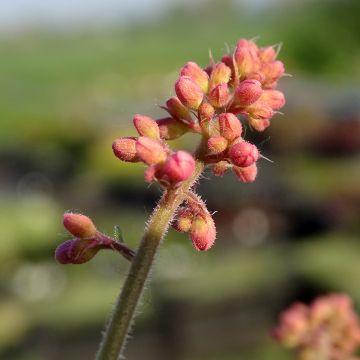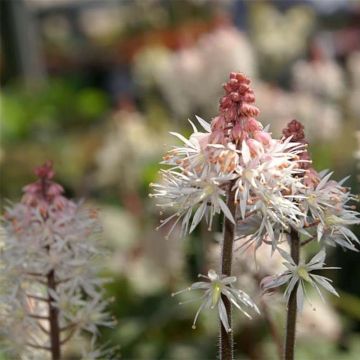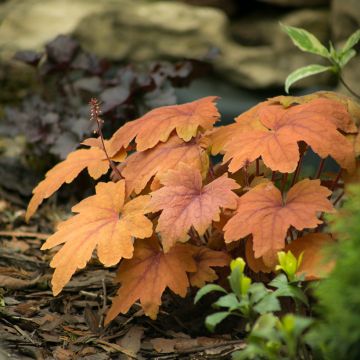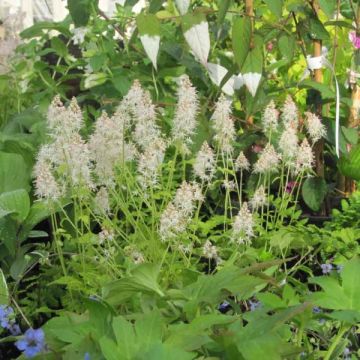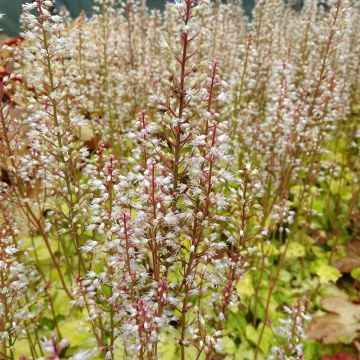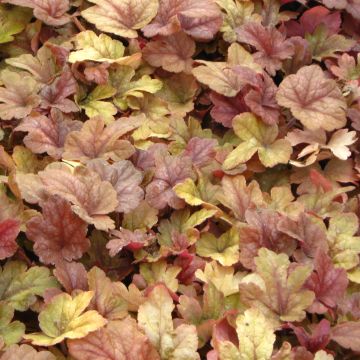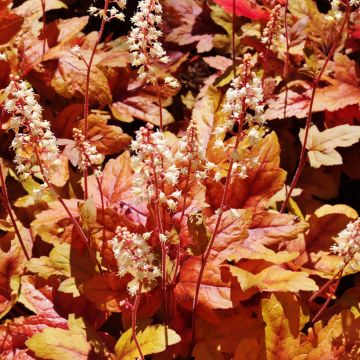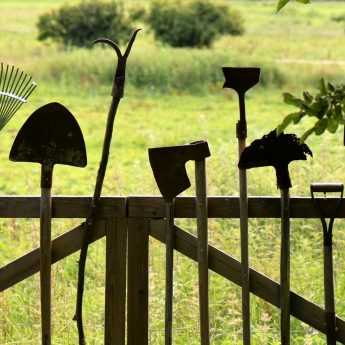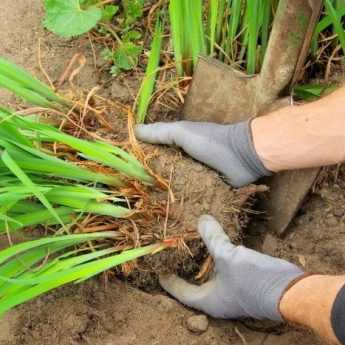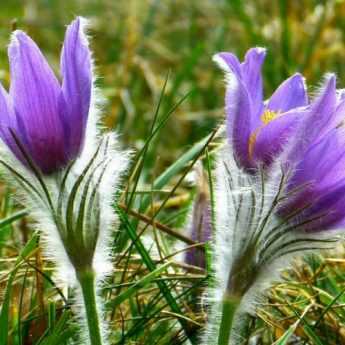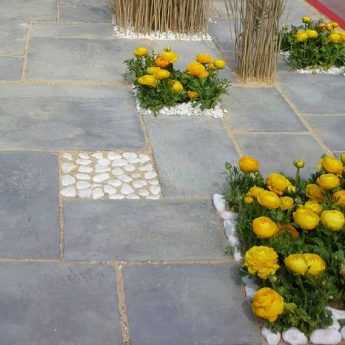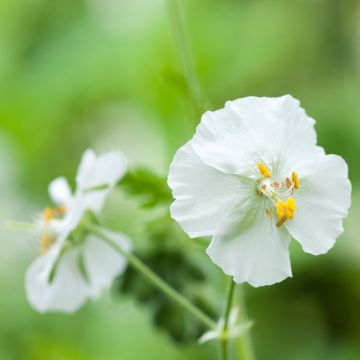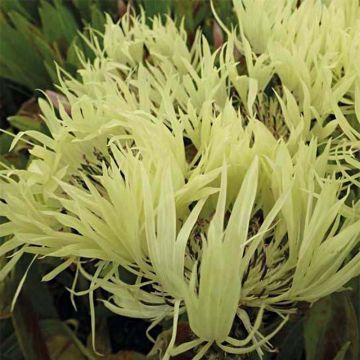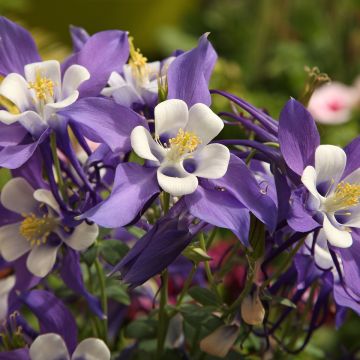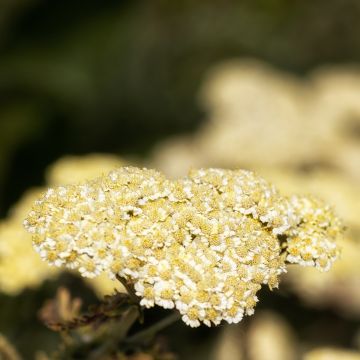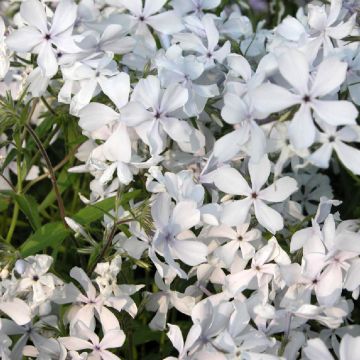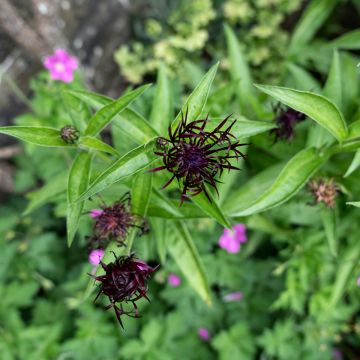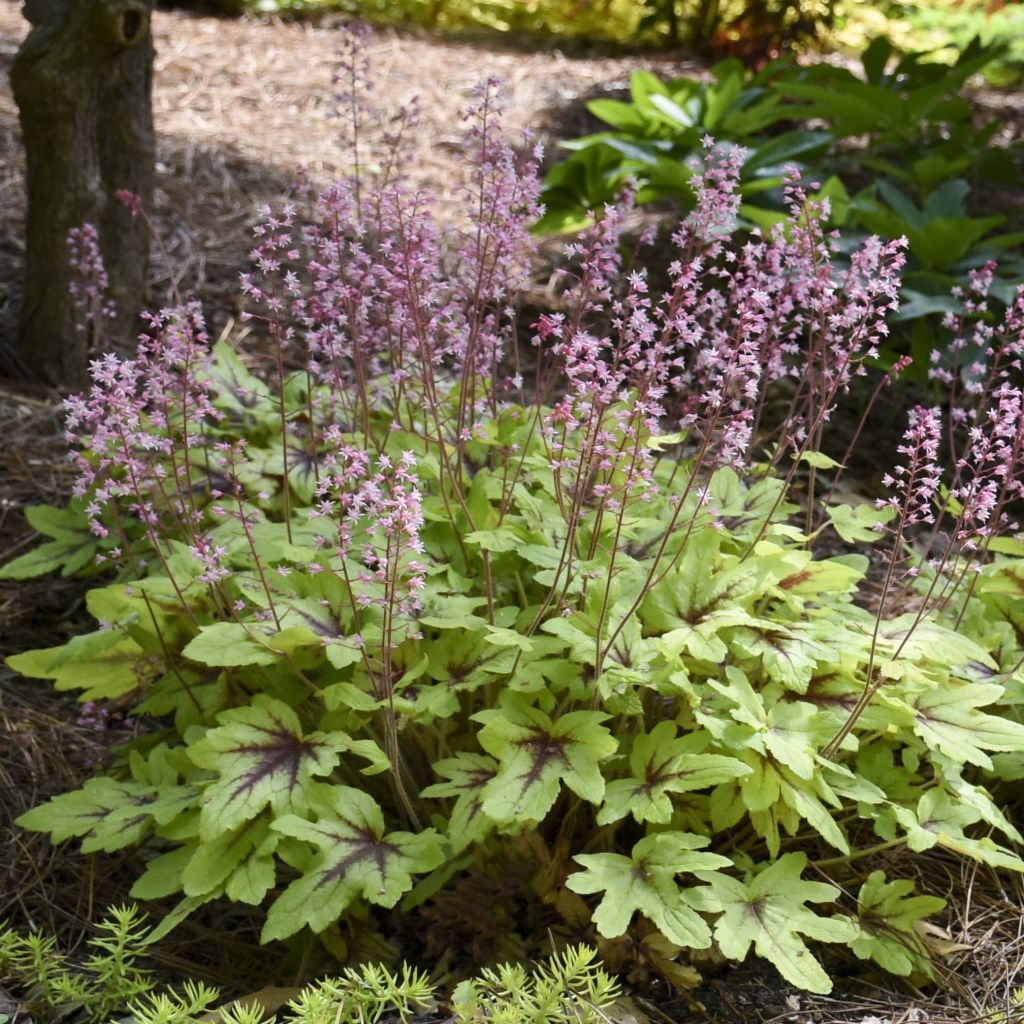

Heucherella Eye Spy
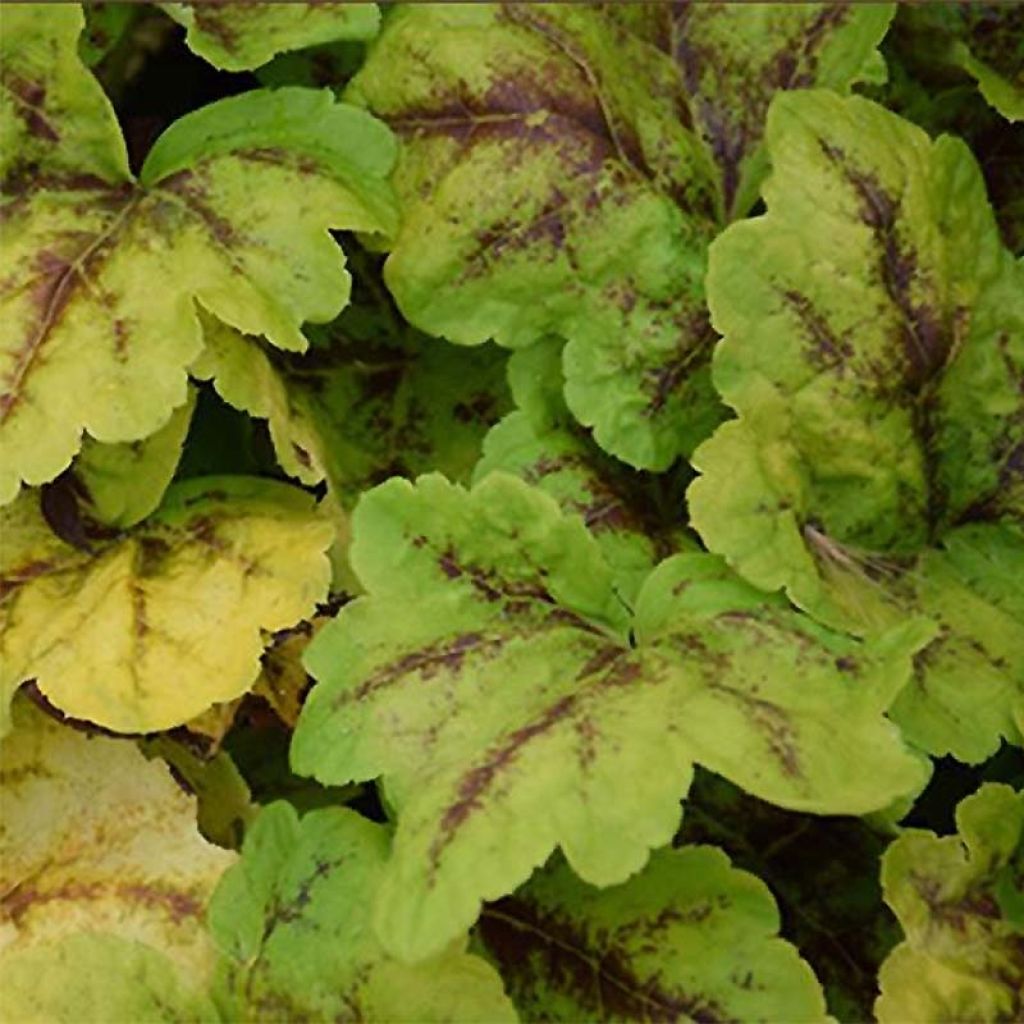

Heucherella Eye Spy
Heucherella Eye Spy
(x) Heucherella Eye Spy
Foamy Bells
Why not try an alternative variety in stock?
View all →This plant carries a 12 months recovery warranty
More information
We guarantee the quality of our plants for a full growing cycle, and will replace at our expense any plant that fails to recover under normal climatic and planting conditions.
From €7.90 for pickup delivery and €6.90 for home delivery
Express home delivery from €8.90.
Does this plant fit my garden?
Set up your Plantfit profile →
Description
The 'Eye Spy' Heucherella is a pretty, compact ground cover in the undergrowth. Its semi-evergreen chartreuse green foliage, with brown-red veins, is topped in late spring with numerous candy pink, very fluffy stems. It appreciates light and humus-rich soils, in shade or part shade, and also grows very well in pots.
Heucherellas are the result of cross-breeding between heucheras, from which they inherit their robustness, and tiarellas, from which they retain their beautiful cut foliage and long flowering. They all belong to the botanical family Saxifragaceae. 'Eye Spy' Heucherella has a very attractive deeply cut foliage, which emerges golden yellow and slowly turns chartreuse green. The center of the leaf and the veins are strongly marked with red pink, evolving into beautiful shades of burgundy over time, giving them a very graphic two-tone appearance. Between May and July, the plant produces multiple light and fluffy flowering stems, in a pretty candy pink, quite rare in these plants. The plant forms a compact and tidy cushion, reaching about 30 cm (12in) in height and width. In autumn, the foliage often takes on beautiful bronze hues and frequently persists if the winter is not too harsh.
'Eye Spy' Heucherella slowly spreads through its rhizomes in part shade, making it an ally in humus-rich, not too heavy, and especially well-drained soil, and also allows occasional division. However, it is not invasive. These are the conditions that can be found in the undergrowth, at the foot of bushes for example, and it can also withstand short periods of drought once well established. In heavy soil, its longevity may be compromised. In this case, you can regularly add dead leaves to improve your soil.
Planted en masse, it will form a beautiful carpet alongside Heucheras (which belong to the same family) such as 'Black Beauty' Heuchera or 'Beaujolais', other ground covers such as 'Stiletto' Hosta, 'Majestic' Liriope, or European wild ginger, as well as ferns like 'Cycadina' Dryopteris. It can also be grown in pots, in a rich, well-draining substrate that does not dry out too much.
Heucherella Eye Spy in pictures
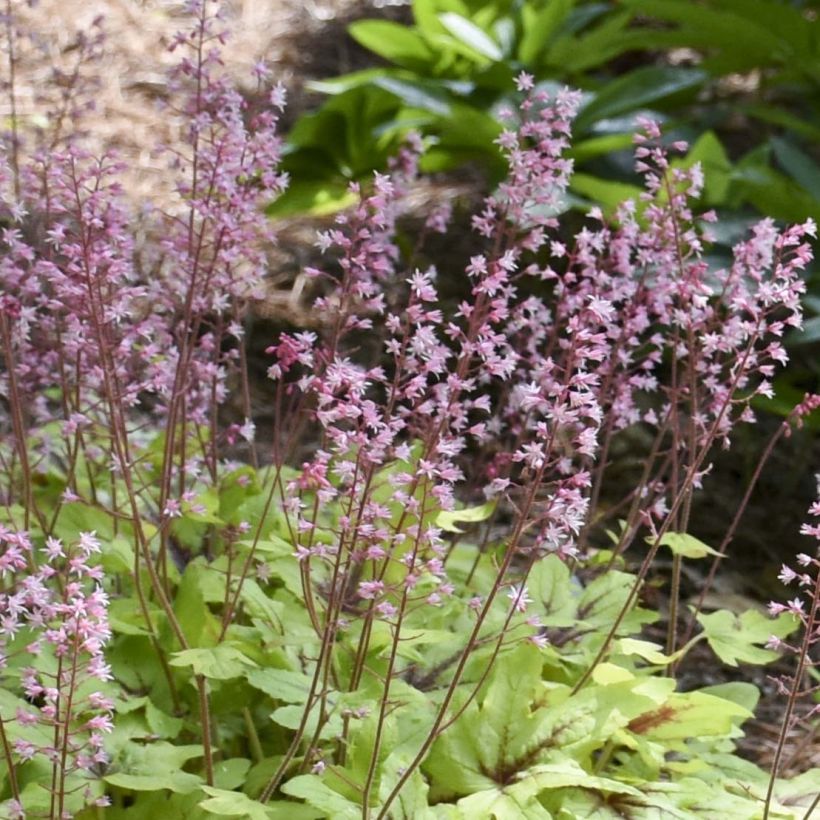

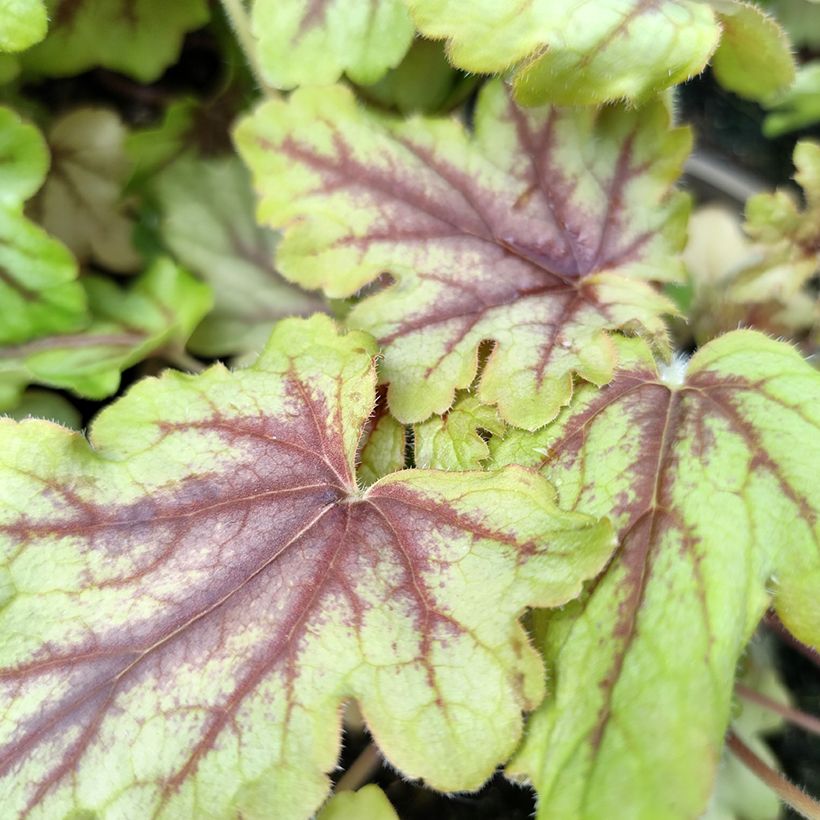

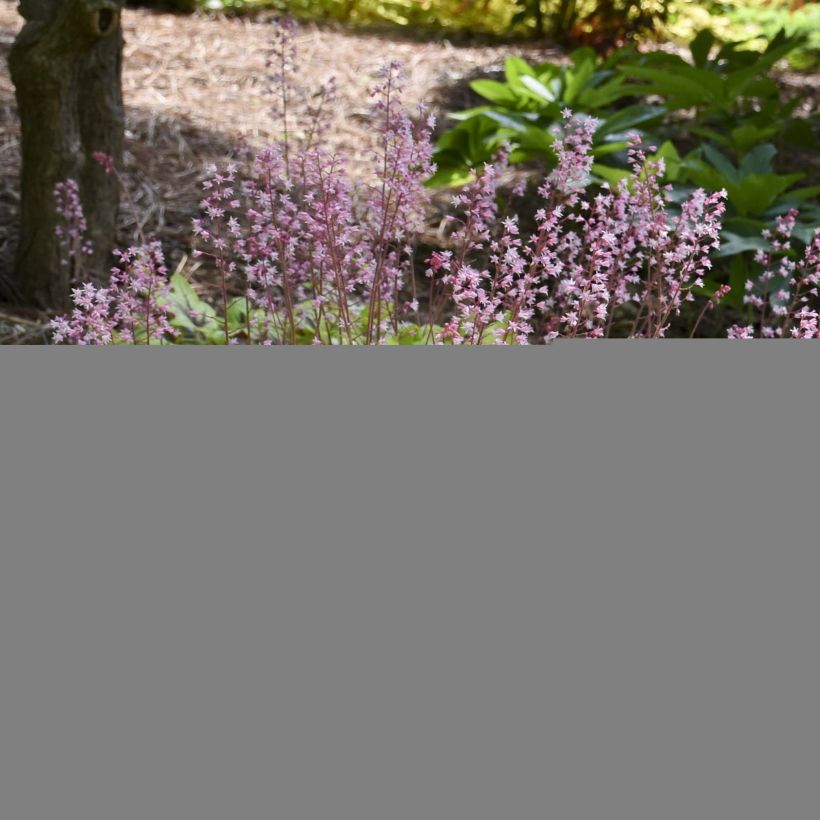

Flowering
Foliage
Plant habit
Botanical data
(x) Heucherella
Eye Spy
Saxifragaceae
Foamy Bells
Cultivar or hybrid
Other Tiarellas and Heucherellas
View all →Planting and care
Easy to maintain, the 'Eye Spy' Heucherella thrives in all fresh, well-drained, neutral to acidic soils. It can be planted in semi-shade or dense shade (although the foliage colour may be duller in this case). It must be protected from direct sunlight and excessive humidity in winter. It should be planted in loose soil that retains moisture, lightened with coarse sand if it is too heavy, and possibly mulched. It does not tolerate very hot conditions. This perennial seems to tolerate dry shade under trees and bushes. It requires little maintenance and pruning is not necessary except in case of damaged foliage or to rejuvenate the plant.
Planting period
Intended location
Care
Planting & care advice
This item has not been reviewed yet - be the first to leave a review about it.
Spring flowering perennials
Haven't found what you were looking for?
Hardiness is the lowest winter temperature a plant can endure without suffering serious damage or even dying. However, hardiness is affected by location (a sheltered area, such as a patio), protection (winter cover) and soil type (hardiness is improved by well-drained soil).

Photo Sharing Terms & Conditions
In order to encourage gardeners to interact and share their experiences, Promesse de fleurs offers various media enabling content to be uploaded onto its Site - in particular via the ‘Photo sharing’ module.
The User agrees to refrain from:
- Posting any content that is illegal, prejudicial, insulting, racist, inciteful to hatred, revisionist, contrary to public decency, that infringes on privacy or on the privacy rights of third parties, in particular the publicity rights of persons and goods, intellectual property rights, or the right to privacy.
- Submitting content on behalf of a third party;
- Impersonate the identity of a third party and/or publish any personal information about a third party;
In general, the User undertakes to refrain from any unethical behaviour.
All Content (in particular text, comments, files, images, photos, videos, creative works, etc.), which may be subject to property or intellectual property rights, image or other private rights, shall remain the property of the User, subject to the limited rights granted by the terms of the licence granted by Promesse de fleurs as stated below. Users are at liberty to publish or not to publish such Content on the Site, notably via the ‘Photo Sharing’ facility, and accept that this Content shall be made public and freely accessible, notably on the Internet.
Users further acknowledge, undertake to have ,and guarantee that they hold all necessary rights and permissions to publish such material on the Site, in particular with regard to the legislation in force pertaining to any privacy, property, intellectual property, image, or contractual rights, or rights of any other nature. By publishing such Content on the Site, Users acknowledge accepting full liability as publishers of the Content within the meaning of the law, and grant Promesse de fleurs, free of charge, an inclusive, worldwide licence for the said Content for the entire duration of its publication, including all reproduction, representation, up/downloading, displaying, performing, transmission, and storage rights.
Users also grant permission for their name to be linked to the Content and accept that this link may not always be made available.
By engaging in posting material, Users consent to their Content becoming automatically accessible on the Internet, in particular on other sites and/or blogs and/or web pages of the Promesse de fleurs site, including in particular social pages and the Promesse de fleurs catalogue.
Users may secure the removal of entrusted content free of charge by issuing a simple request via our contact form.

































